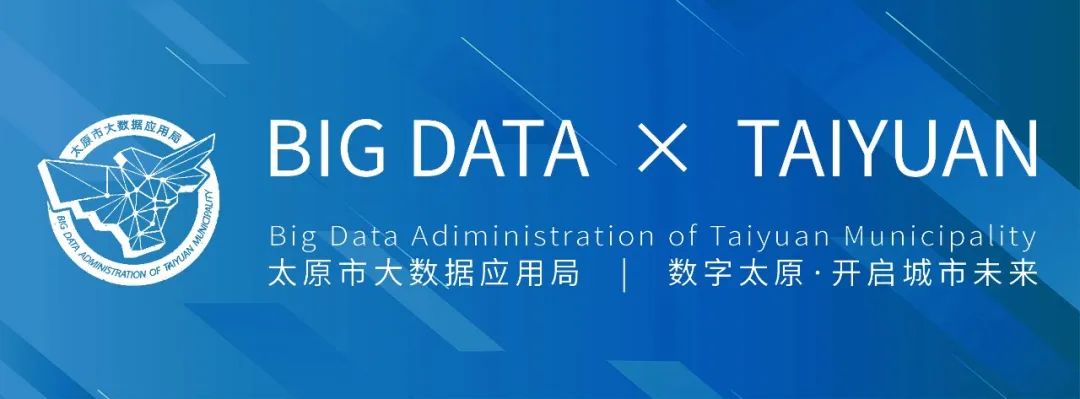

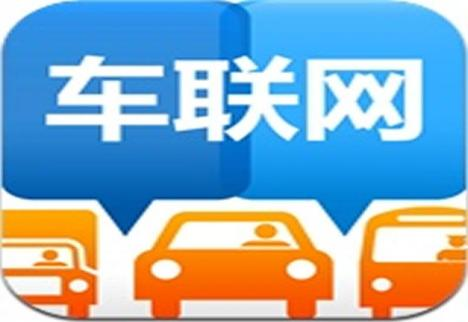
Have you ever experienced this: your lane is gridlocked, while cars in the adjacent lane speed by, simply because an accident occurred ahead in your lane?
Every day, as you prepare to go home from work, do you wish you could avoid congested routes and get home as quickly as possible without leaving early?
When driving, do you need to check navigation but find yourself in a dilemma, worried about safety?
With the arrival of the Internet of Vehicles, these issues will be easily resolved!
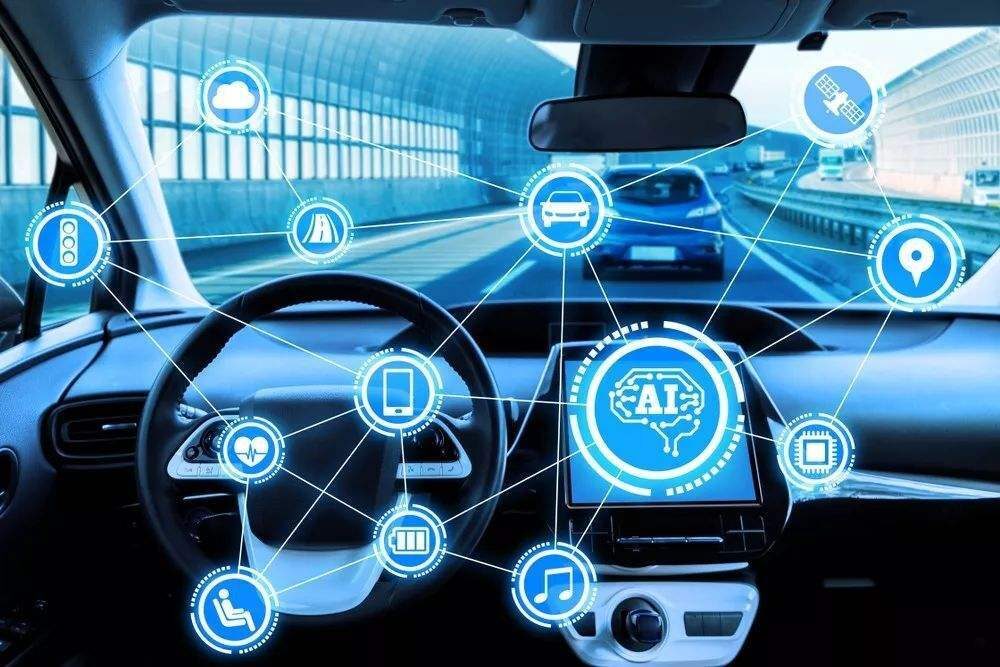
The cloud will store high-precision map data, and each car will be equipped with GPS positioning and a “camera” that can report any anomalies to the cloud. Therefore, when you are about to pass through an incident-prone area, you can receive a warning in advance, allowing you to change lanes or routes to avoid congestion. At the same time, every car on the road can become an “electronic police officer,” significantly reducing traffic violations and even overall crime rates.
Every car owner can input their desired arrival time into a mobile app before leaving work. Through cloud big data calculations, the app analyzes the traffic volume on each road segment at a given time, combined with road capacity and surrounding conditions, to determine the best departure time and route for you. By following the navigated route and speed, you can fulfill your wish to get home earlier.
When driving, the car can actively explore its surroundings through its own sensors. If a potential collision is detected, it will immediately issue a warning or even autonomously reduce speed to avoid danger.
If you receive a phone call while listening to music, the car can automatically lower the volume; if the air quality inside the car deteriorates, the car can automatically open the appropriate windows or activate the air conditioning based on external weather conditions (including the position of the sun and wind direction). In summary, with the arrival of the Internet of Vehicles, driving will become more intelligent and enjoyable.
So, what exactly is the Internet of Vehicles?
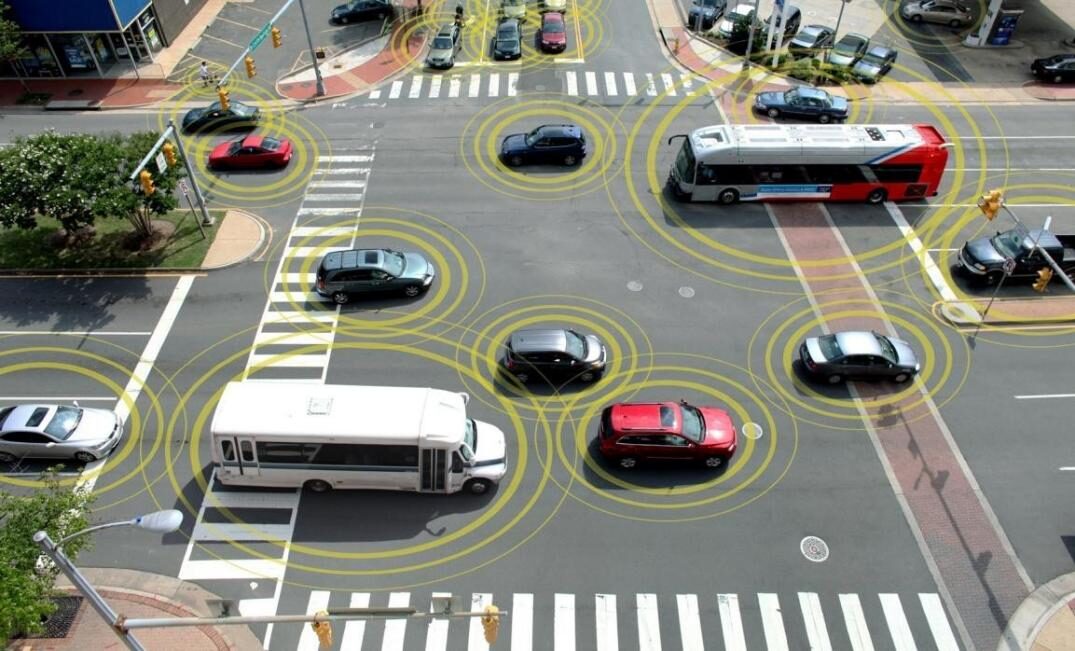
The concept of the Internet of Vehicles originates from the Internet of Things, specifically the vehicle Internet of Things. It perceives vehicles in motion as information objects and utilizes next-generation information and communication technologies to achieve network connections between vehicles and X (that is, vehicles with other vehicles, people, roads, and service platforms), enhancing the overall intelligent driving level of vehicles, providing users with safe, comfortable, intelligent, and efficient driving experiences and traffic services, while improving traffic operation efficiency and the intelligence level of social traffic services.

Simply put, the Internet of Vehicles means: the car has a local area network, vehicles form a vehicular network, and the vehicular network connects to the Internet. These three are based on a unified protocol, enabling data communication between people, vehicles, roads, and the cloud, ultimately realizing intelligent transportation, smart vehicles, intelligent driving, and other functions.
China places a high priority on the development of the Internet of Vehicles, as emphasized in the “14th Five-Year Plan,” which clearly states the active and steady development of the Internet of Vehicles. The Internet of Vehicles is a crucial component for achieving autonomous driving and even unmanned driving, and it will play an increasingly important role in the following areas.
1. Vehicle Safety. The Internet of Vehicles can remind drivers through early warnings, speeding alerts, wrong-way alerts, red-light warnings, pedestrian alerts, and other related measures. It can also effectively reduce the incidence of traffic accidents through emergency braking and prohibiting fatigued driving, ensuring the safety of people and vehicles.
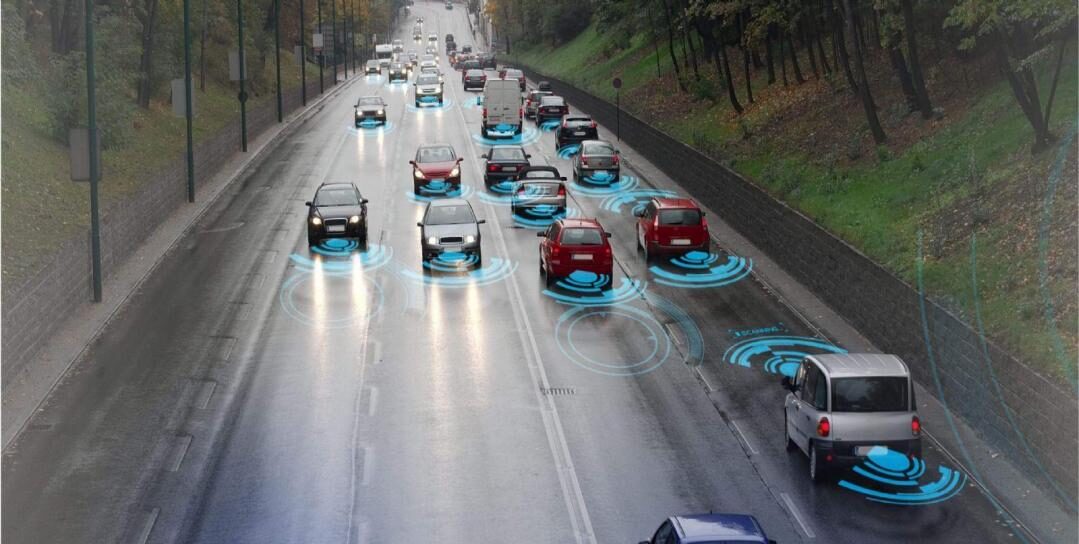
2. Traffic Control. Timely transmission of vehicle-end and traffic information to the cloud enables intelligent traffic management, allowing real-time reporting of traffic and accident situations, alleviating congestion, and improving road usage rates.
3. Information Services. The Internet of Vehicles provides convenient and fast information services for enterprises and individuals, such as providing high-precision electronic maps and accurate road navigation. Car manufacturers can also collect and analyze vehicle operation information to understand the usage status and issues of vehicles, ensuring user driving safety. Other companies can understand user needs and interests through related specific information services, uncovering profit points.
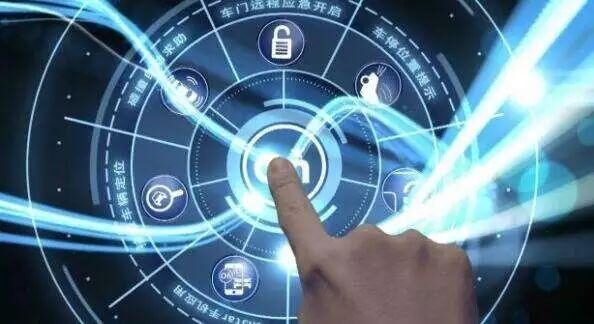
4. Smart Cities and Intelligent Transportation. Using the Internet of Vehicles as a communication management platform can achieve intelligent transportation. For example, intelligent control of traffic signals, smart parking, intelligent parking management, accident handling, and intelligent scheduling of buses can all be realized through the Internet of Vehicles. As traffic becomes more informational and intelligent, it will inevitably contribute to the construction of smart cities.
The current cross-industry integration system of the Internet of Vehicles has begun to take shape. It is believed that in the future, the Internet of Vehicles will achieve deep integration with more high-tech, realizing dynamic distributed collaborative computing for autonomous driving across the entire road network.

